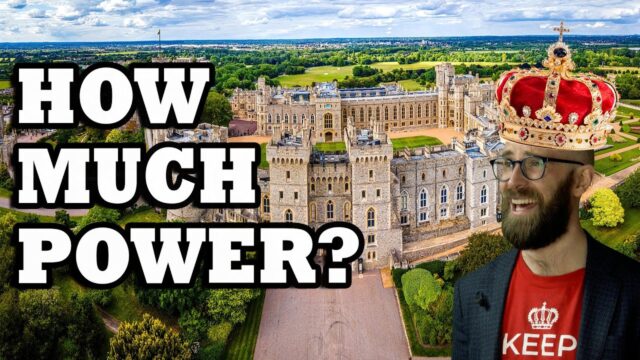“Unraveling the Myths: The Surprising Reality of Medieval Monarchical Power Revealed!”
The practice was adopted also by William the Conqueror, who instituted an additional, smaller council of officials and barons which conducted the daily routine of government administration: the ‘curia regis’ or ‘Assembly of the King’.
William’s son, Henry I, recognised the importance of barons in his coronation charter, acknowledging that he had been crowned
‘By the common counsel of the barons of the whole kingdom of England’
He also relied heavily on the advice of the ‘curia regis’, summoning it a total of 27 times over a span of 35 years. Which doesn’t sound like a lot, but it was more than his dad ever did.
By the late 12th Century, the ‘Council of Magnates’, i.e. the successor of the Anglo-Saxon ‘witan’, had grown in importance. So much so that chroniclers referred to it as ‘The Great Council’.
This was summoned whenever the King needed counsel on affairs of state, had to levy a new tax, or enact a new law.
And that’s an important point: lawmaking. As much as Medieval monarch wished to wield supreme legislative power, in practice they were limited by their counsellors. Early 13th century cleric and jurist Henry de Bracton wrote
‘Let him, that he be not unbridled, put on the bridle of temperance and the reins of moderation, lest being unbridled, he be drawn toward injustice … The King has a superior, namely, God. Also the law by which he is made King. Also his curia, namely, the earls and barons, because if he is without bridle, that is without law, they ought to put the bridle on him.’










